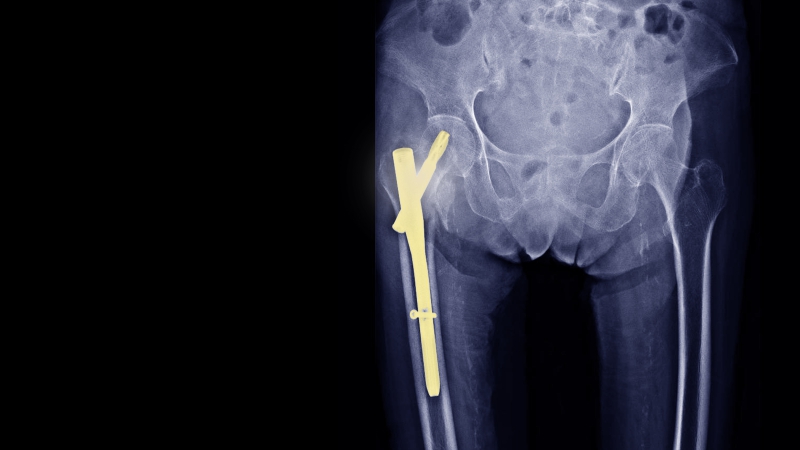To view the full content, login to your account,
or start your 30-day FREE Trial today.
FREE TRIAL
LOGIN
Forgot Password?
Explore some of our unlocked OE Originals below!





 LOGIN
LOGIN


Join the Conversation
Please Login or Join to leave comments.
Orthopaedic Surgeon - Brazil
One of the aspects that should be taken into consideration when comparing extramedullary and intramedullary (mainly the new ones) devices for fixing intertrochanteric fractures is how surgeons rehabilitate their patients with both implants. What I observe in a regular basis is thar almost all surgeons delay weight bearing when patient is fixed with a SHS and allows immediate partial weight bearing when patient gets a CMN. Maybe this observation can impact results in terms of independence, as it was demonstrated by using the Parker-Palmer mobility score at 6 and 12 months post-op. Just an insight, but I feel we should think about.
Orthopaedic Resident/Intern - Canada
Another comment is that although the data would suggest an improvement in revision risk with never CMN nails, the most recent study in the analysis (Parker 2017) reported a 2-fold increase risk in CMN that was mainly driven by fractures at the end of the nail. Is this still a consideration or is there a potential device effect at play or is there issues with technique that the distal locking screws are overtightened hugging the cortex causing a stress riser? That revision surgery is associated with significant morbidity I'd imagine. Also most patients with iT hip fractures have a bone density issue; however, does severe bone density loss modify the effect estimate between these two interventions?